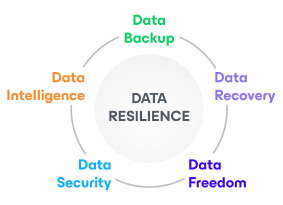RDMs explained for Veeam Backup & Replication
When it comes to designing a vSphere environment, a lot of topics come into play in deciding how to provision storage to a virtual machine (VM). One decision point is whether or not to use Raw Device Mappings or RDMs. RDMs allow a special file in a VMFS volume to act as a proxy for a storage resource. The logical unit number, or LUN, that is a candidate for an RDM is attached to an individual VM; rather than formatted for the entire cluster. The benefits of using an RDM are for clustering support requirements and to allow disk commands to be sent directly to the storage resource from a VM.
Read more

